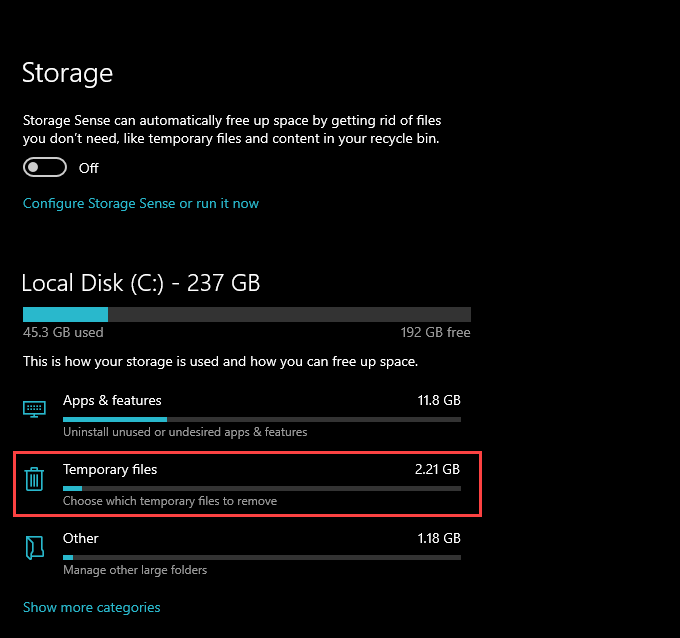

However, it is a known fact that the Settings > System > Storage area of Windows 10 is one of the buggiest parts of the OS. In such cases, it is highly recommended that the user delete these temporary files by clicking/tapping on Delete temporary files once Windows is done scanning for them. In many cases, the temporary files stored on a Windows 10 user’s computer can take up several gigabytes of disk space.

The “temporary files”, in this instance, are files that Windows no longer needs and are dispensable, files such as Windows installation files, temporary files for applications and files that were carried over to Windows 10 from the version of Windows that the user was previously using and upgraded from. By doing so, the user is provided with a rough estimate of the amount of disk space that is being occupied by temporary files and is also given the option to delete all of the temporary files that Windows was able to locate by clicking on Delete temporary files. In Windows 10, by opening the Start Menu and then navigating to Settings > System > Storage and clicking on the partition of the Hard Drive that is housing Windows 10, a user can scan for any and all temporary files that are being stored on their Hard Drive’ primary partition.


 0 kommentar(er)
0 kommentar(er)
